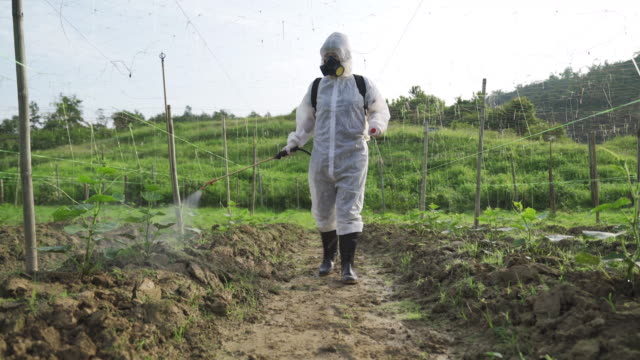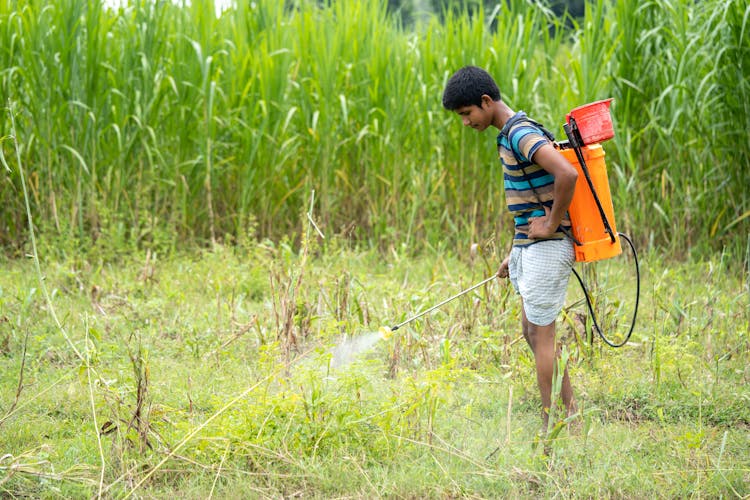All Categories
Featured
Table of Contents



Pesticides, while beneficial in managing agricultural pests, often have unintended consequences on non-target wildlife. Effects range from acute toxicity to more subtle chronic impacts like reproductive failure and immune suppression. Each year, countless wildlife species are subjected to the hazards posed by widespread pesticide use, affecting both terrestrial and aquatic habitats.
National bodies are often required to conduct thorough evaluations of the potential effects of pesticides on wildlife under laws like the Endangered Species Act. These assessments are crucial to ensuring the survival and health of species particularly vulnerable to chemical exposures.

Moreover, international treaties like the Stockholm Convention play a significant role in global pesticide regulation. Such conventions aim to control or cease the use of pesticides classified as Persistent Organic Pollutants (POPs), thus protecting wildlife on a global scale.
Dangers Posed by Pesticides to Wildlife
Wildlife faces numerous threats from pesticides through direct exposure or contamination of their natural habitats. For example, pesticides from agricultural runoff can leach into waterways, posing a severe risk to aquatic life, resulting in disrupted reproductive patterns and increased mortality rates.
Many bird species suffer as they consume insects or seeds laced with pesticides, which can cause direct poisoning or slow population decline, disrupting ecological balance.
Economic Repercussions of Wildlife Loss Due to Pesticides
The decline in wildlife populations due to pesticides not only affects biodiversity but also has significant economic repercussions. Reductions in wildlife populations can undermine eco-tourism economies dependent on the presence of diverse species. Furthermore, the loss of species like bees, essential for pollination, can also adversely impact agricultural productivity, ultimately affecting food security and economies dependent on agriculture.
Organic Systems: A Solution to Protecting Wildlife
Transitioning to organic farming methods can substantially mitigate the adverse effects of pesticides on wildlife. Organic systems restrict the use of synthetic pesticides, opting instead for more natural, less harmful pest control methods. By reducing the load of toxic chemicals, these practices help in maintaining a balanced ecosystem and support a richer biodiversity.
Insights into Avian Conservation Breeding demonstrate that less chemical-intensive farming supports not just crop health but also wildlife resilience, emphasizing the dual benefits of organic agriculture.
Utilizing Laws to Protect Wildlife from Pesticides
Legislation is pivotal in ensuring wildlife protection against pesticides. Strong legal frameworks and their strict implementation help in safeguarding habitats and thus wildlife from harmful chemicals. Regulatory mechanisms need to be constantly updated to respond to new scientific findings and technological developments in pesticides to stay effective.
Furthermore, legislation can also promote actions like creating buffer zones and restoring habitats from the negative impacts of pesticide use.
Latest Posts
Cooking and Serving Spaghetti Squash
Cooking and Serving Spaghetti Squash
A Deep Dive into Various Water-Based Recreation Experiences